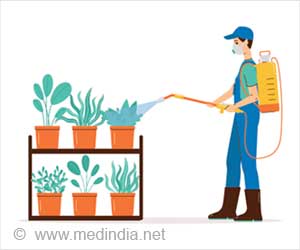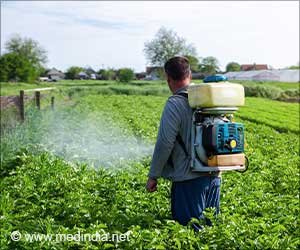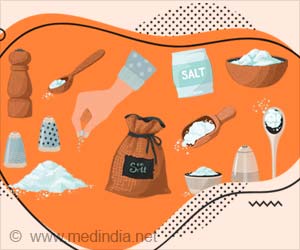Worried about pesticides in your produce? Try these easy home hacks to wash away harmful residues and enjoy cleaner, healthier meals!
- Washing with water, salt, or vinegar solutions can significantly reduce pesticide residues
- Peeling, trimming, and cooking vegetables can further minimize exposure to harmful chemicals
- Avoid using soap or detergents, as they can leave toxic residues on your produce
Methods to reduce Pesticide Residues from Fruits & Vegetables at Households
Go to source).
Washing veggies in 2% salt water removes more pesticides than plain water! Try it for cleaner, safer produce! #healthyeating #pesticidefree #medindia ’
Wash Thoroughly with Water
Washing fruits and vegetables under running tap water is the simplest and most effective method to remove pesticide residues. This helps eliminate dirt, bacteria, and some surface chemicals.- Use clean, flowing water to wash all fruits and vegetables.
- Scrub firm produce like melons, potatoes, and carrots with a soft brush for 10-15 seconds before rinsing with warm water.
- Washing fruits like apples, grapes, guava, mangoes, peaches, and pears at least 2-3 times can help remove more residue.
Use Salt Water Solution
Washing produce in a 2% salt water solution (about 2 teaspoons of salt per liter of water) can effectively remove many pesticides from the surface.- This method is particularly effective for removing residues from fruits with edible peels like apples, grapes, and plums.
- For vegetables such as carrots, okra, brinjal, cabbage, and cauliflower, a 1% tamarind solution can help further reduce pesticide levels.
Soak in Vinegar Solution
Vinegar is known for its natural cleaning properties and can help break down pesticide residues.- Mix 10% vinegar with clean water and soak fruits and vegetables for about 15 minutes.
- After soaking, rinse thoroughly with clean water to remove any remaining vinegar taste.
Peel and Trim
Peeling fruits and vegetables is an effective way to get rid of surface pesticides.- Peel mangoes, citrus fruits, apples, pears, peaches, and kiwis before eating.
- For vegetables like gourds, cucumbers, and carrots, peeling off the outer layer can reduce exposure.
- Remove outer leaves of cabbage and lettuce before washing, as pesticides tend to accumulate on outer surfaces.
Steam or Cook Your Vegetables
Cooking helps break down certain pesticide residues that are not removed by washing or peeling.- Steaming or boiling vegetables can help eliminate residual chemicals.
- Cooking is particularly effective for leafy greens, root vegetables, and cruciferous vegetables like cauliflower and broccoli.
Diversify Your Diet
Consuming a variety of fruits and vegetables reduces the risk of ingesting high levels of pesticides from a limited range of foods. A well-balanced diet ensures that your exposure to pesticides is spread across different food sources, minimizing the overall risk.While it may seem like a good idea to wash fruits and vegetables with soap, detergent, or other cleaning chemicals, this is not recommended. These substances can leave harmful residues, making the produce unsafe for consumption. Stick to natural cleaning methods like water, salt, and vinegar solutions.
By adopting these simple yet effective methods, you can significantly reduce pesticide residues from your fruits and vegetables, ensuring safer, healthier meals for you and your family.
Reference:
- Methods to reduce Pesticide Residues from Fruits & Vegetables at Households - (https://niphm.gov.in/Education/measures.pdf)
Source-Medindia










